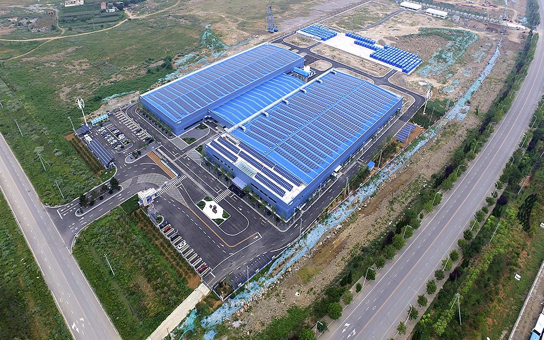Advances in ‘Flow Batteries’ Bring Hope as Alternative Energy Sources
Date: Nov 7, 2018
Flow batteries can store enough electricity to power an electrical grid for an entire city and provide a more stable alternate source than wind or solar power.
Batteries have travelled a long way since their invention in 1800 by Alessandro Volta. Now trials are under way to use batteries for giving power to an entire electric grid. If this can be employed for practical utility, it could be a huge source of alternative energy, especially when the world is desperately looking for renewable energy sources as an alternate to the fossil fuels and hydroelectric fuels.
The most common way by which electricity is generated by converting chemical energy to electrical energy either through combustion of fossil fuels in generators or through releasing water from dams in the hydroelectric projects. Both ways of generating electricity have potential adverse effects for the environment. However, the energy demand of today’s world is no way going to decrease in the coming times. Thus, comes the necessity of exploring alternate sources for generating electricity as a result of which there has been a rise in the utilisation of wind and solar power. But when the sun doesn’t shine and the wind ebbs, huge devices called flow batteries having large tanks of electrolytes that can store enough electricity and have the capability to power thousands of houses for long hours could be a potential source.
Flow batteries are rechargeable batteries which have an electrolyte containing one or more elements in large tanks. The electrolyte carries charges and is pumped through an electrode assembly called a stack. The stack contains two electrodes separated by an ion conducting membrane. This set up of a flow battery allows huge volume of electrolytes to be stored in the tanks. Moreover, the tanks have no size limits, the storage capacity can be increased as needed which makes them ideal for storing large amounts of power for the grids.



